The conurbation continues to be polycentric, having been formed by the federation of six originally separate towns and numerous villages in the early-20th century. The settlement from which the federated town (not a city until 1925) took its name was Stoke-upon-Trent, because this was where the administration (and chief mainline railway station) was located. After the union, Hanley emerged as the primary commercial centre in the city, despite the efforts of its rival, Burslem. The three other component towns are Tunstall, Longton, and Fenton.
The name Stoke is taken from the town of Stoke-upon-Trent, the original ancient parish, with other settlements being chapelries. 'Stoke' derives from the Old English stoc, a word that at first meant little more than a 'place', but which subsequently gained more specific – but divergent – connotations. These variant meanings included 'dairy farm', 'secondary or dependent place or farm', 'summer pasture', 'crossing place', 'meeting place' and 'place of worship'. It is not known which of these was intended here, and all are feasible. The most frequently suggested interpretations derive from a crossing point on the Roman road that ran from present-day Derby to Chesterton or the early presence of a church, said to have been founded in 670 AD. Because 'Stoke' was such a common name for a settlement, some kind of distinguishing affix was usually added later, in this case the name of the river.
The motto of Stoke-on-Trent is Vis Unita Fortior which can be translated as: United Strength is Stronger, or Strength United is the More Powerful or A United Force is Stronger.
An early proposal for a federation took place in 1888, when an amendment was raised to the Local Government Bill which would have made the six towns districts within a county of 'Staffordshire Potteries'. It was not until 1 April 1910 that the Six Towns were brought together. The county borough of Hanley, the municipal boroughs of Burslem, Longton, and Stoke, together with the urban districts of Tunstall and Fenton now formed a single county borough of Stoke-on-Trent. The combined borough took the name of town of Stoke.
The borough proposed in 1919 to expand further and annexe the neighbouring borough of Newcastle-under-Lyme and the Wolstanton United Urban District, both to the west of Stoke: this met strong objections from Newcastle Corporation and never took place. A further attempt was made in 1930, with the promotion of the Stoke-on-Trent Extension Bill. Ultimately, Wolstanton was added to Newcastle-under-Lyme instead in 1932. Although attempts to take Newcastle, Wolstanton and Kidsgrove (north of Tunstall) were never successful, the borough did however expand in 1922, taking in Smallthorne Urban District, and parts of other parishes from Stoke upon Trent Rural District. The borough was officially granted city status in 1925 with a Lord Mayor from 1928. When the county borough of Stoke-on-Trent applied for city status due to having outstanding importance as the centre of the pottery industry in 1925, it was initially refused by the Home Office as it had less than 300,000 inhabitants. The Home Office decision was overturned, however, when a direct approach was made to King George V and the king agreed that the borough ought to be a city. The public announcement of the elevation to a city was made by the King during a visit to Stoke on 4 June 1925.
The city's county borough status was abolished in 1974, and it became a non-metropolitan district of Staffordshire. Its status as a local government unitary authority was restored as Stoke-on-Trent City Council on 1 April 1997 whilst remaining part of the ceremonial county of Staffordshire. For Eurostat purposes, it is a NUTS 3 region (code UKG23).
Since the 17th century, the area has been almost exclusively known for its industrial-scale pottery manufacturing, with such world renowned names as Royal Doulton, Dudson Ltd, Spode (founded by Josiah Spode), Wedgwood (founded by Josiah Wedgwood) and Minton (founded by Thomas Minton) being born and based there. The presence locally of abundant supplies of coal and of suitable clay for earthenware production led to the early but at first limited development of the local pottery industry. The construction of the Trent and Mersey Canal enabled the import of china clay from Cornwall together with other materials and facilitated the production of creamware and bone china. However, many other production centres elsewhere in Britain, Europe and worldwide had a considerable lead in the production of high quality wares. It was largely the methodical and highly detailed research and a willingness to experiment carried out over many years, initially by one man, Josiah Wedgwood, and later by other local potters such as Thomas Whieldon, along with scientists and engineers, that nurtured the development of artistic talent throughout the local community and raised the profile of Staffordshire Potteries. With the industry also came a large number of notable ceramic artists including Clarice Cliff, Susie Cooper, Charlotte Rhead, Frederick Hurten Rhead and Jabez Vodrey. North Staffordshire was a centre for coal mining. The first reports of coal mining in the area come from the 13th century. Part of the North Staffordshire Coalfield, the Potteries Coalfield covers 100 square miles (300 km2).
The name Stoke is taken from the town of Stoke-upon-Trent, the original ancient parish, with other settlements being chapelries. 'Stoke' derives from the Old English stoc, a word that at first meant little more than a 'place', but which subsequently gained more specific – but divergent – connotations. These variant meanings included 'dairy farm', 'secondary or dependent place or farm', 'summer pasture', 'crossing place', 'meeting place' and 'place of worship'. It is not known which of these was intended here, and all are feasible. The most frequently suggested interpretations derive from a crossing point on the Roman road that ran from present-day Derby to Chesterton or the early presence of a church, said to have been founded in 670 AD. Because 'Stoke' was such a common name for a settlement, some kind of distinguishing affix was usually added later, in this case the name of the river.
The motto of Stoke-on-Trent is Vis Unita Fortior which can be translated as: United Strength is Stronger, or Strength United is the More Powerful or A United Force is Stronger.
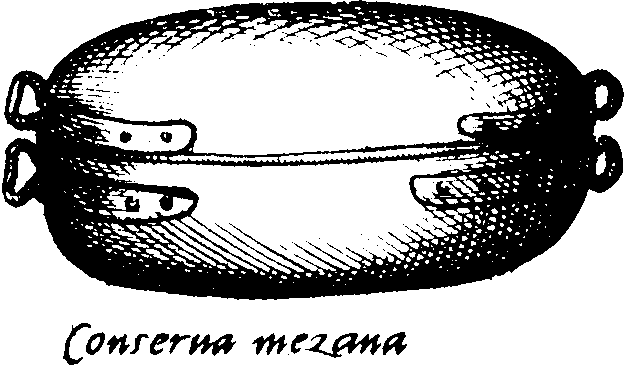 Food Clip-Art Collection | 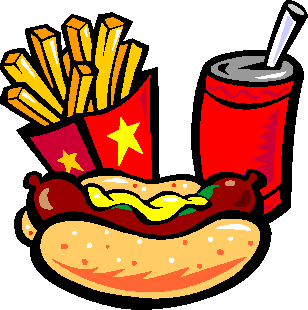 Food Clip Art - Clipart of |  food clip art 13 409x300 |  The following food clip art |  High School | Middle School |
 royalty free food images | 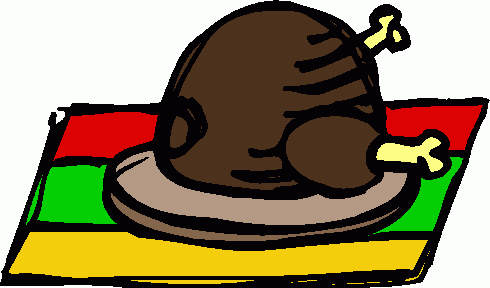 turkey dinner clip art | 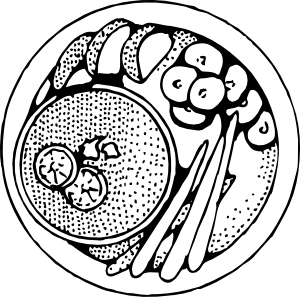 Plate Of Food Clip Art |  Food Clip Art (Food084) | 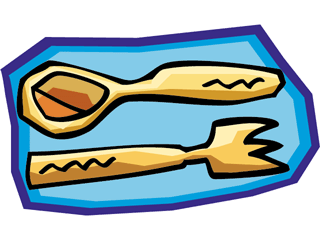 Free Food Clipart! |
The city's county borough status was abolished in 1974, and it became a non-metropolitan district of Staffordshire. Its status as a local government unitary authority was restored as Stoke-on-Trent City Council on 1 April 1997 whilst remaining part of the ceremonial county of Staffordshire. For Eurostat purposes, it is a NUTS 3 region (code UKG23).
 Regular Clip Art» Food» |  domain clip art image |  Hamburger Clipart |  Cherries clip art |  Free Clip Art Illustration of |
 food clip art 9 399x400 | 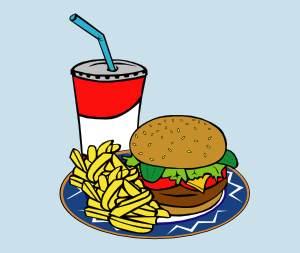 Soda Fast Food Clip Art |  Clip Art: Basic Shapes: |  I\x26#39;m not going to lie, | 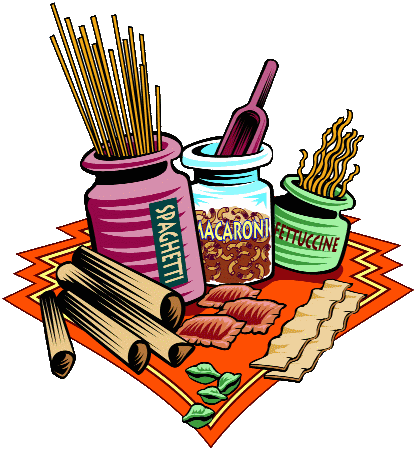 Italian Food Clipart |
No comments:
Post a Comment